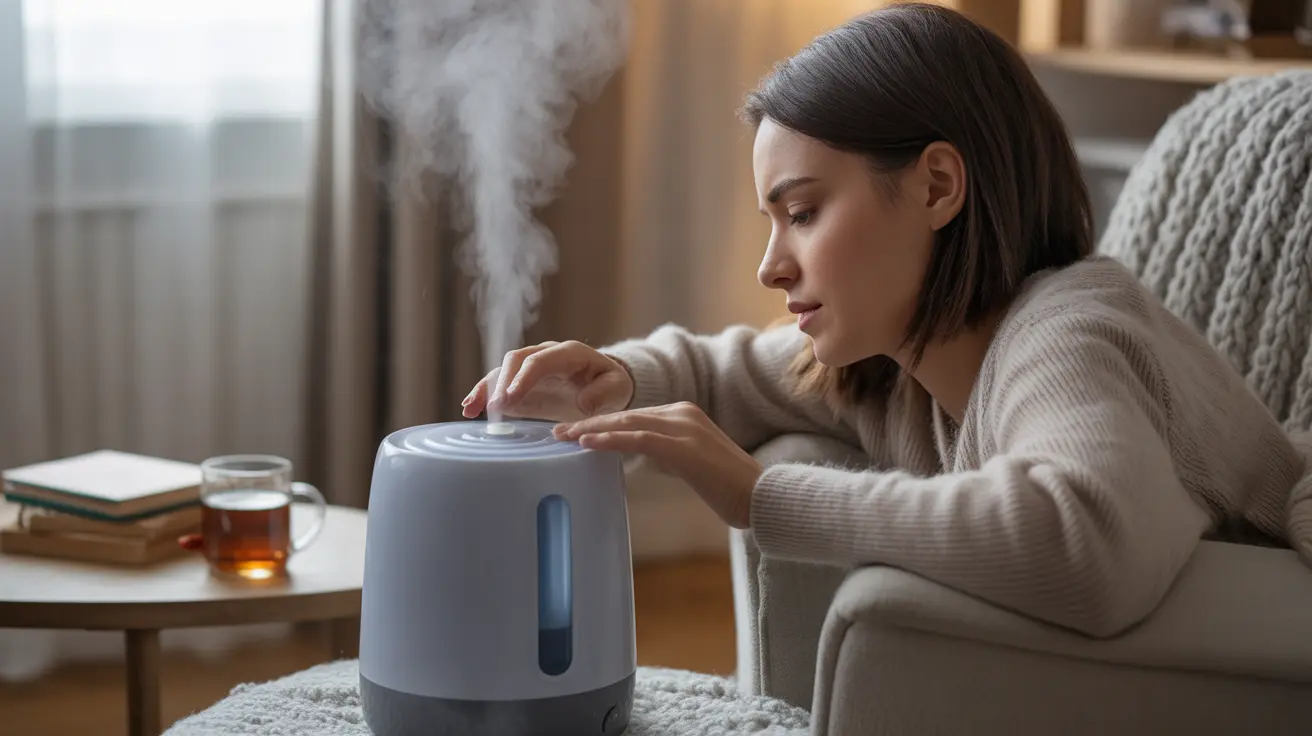Living with Chronic Obstructive Pulmonary Disease (COPD) doesn't mean you have to give up your love for travel. However, it does require careful planning and consideration to ensure your safety and comfort while away from home. One of the most crucial aspects of preparing for a trip with COPD is securing appropriate travel insurance. In this comprehensive guide, we'll explore the ins and outs of COPD travel insurance and provide essential tips for managing your condition while exploring new destinations.
Understanding COPD Travel Insurance
COPD travel insurance is a specialized form of coverage designed to protect individuals with chronic respiratory conditions during their journeys. This type of insurance typically offers more comprehensive coverage for COPD-related issues compared to standard travel insurance policies.
Benefits of COPD Travel Insurance
When selecting a COPD travel insurance policy, look for the following key benefits:
- Coverage for COPD-related medical emergencies
- Reimbursement for lost or damaged medical equipment
- Assistance with finding local medical care at your destination
- Coverage for trip cancellation or interruption due to COPD flare-ups
- Emergency medical evacuation if necessary
It's important to disclose your COPD diagnosis when applying for travel insurance to ensure you receive appropriate coverage. Some insurers may require a medical assessment or additional documentation before providing a policy.
Preparing for Air Travel with COPD
Air travel can present unique challenges for individuals with COPD. Here are some key considerations to keep in mind:
Consult Your Doctor
Before booking any flights, consult with your healthcare provider to ensure you're fit to travel. They can provide personalized advice and may recommend adjustments to your medication regimen.
Arrange for Supplemental Oxygen
If you require supplemental oxygen, contact your airline well in advance to make necessary arrangements. Most airlines require advance notice and may have specific requirements for portable oxygen concentrators (POCs).
Choose Your Seats Wisely
When possible, opt for aisle seats near the front of the plane. This can make it easier to move around and access the restroom if needed.
Managing COPD at High Altitudes
High-altitude destinations can exacerbate COPD symptoms due to the lower oxygen levels in the air. If you're planning a trip to a high-altitude location, consider these precautions:
- Acclimatize gradually by spending a few days at intermediate altitudes before ascending higher
- Stay well-hydrated to help thin mucus and ease breathing
- Use supplemental oxygen as recommended by your doctor
- Be prepared to cut your trip short if symptoms worsen significantly
Protecting Yourself from Heat-Related Breathing Difficulties
Hot and humid climates can make breathing more challenging for people with COPD. To protect yourself from heat-related breathing difficulties while traveling:
- Plan outdoor activities for cooler times of day (early morning or evening)
- Stay in air-conditioned environments when possible
- Drink plenty of water to stay hydrated
- Use a portable fan or misting bottle to help cool down
- Wear lightweight, breathable clothing
Essential Steps Before Traveling Abroad with COPD
When planning an international trip with COPD, take these essential steps to ensure your safety and well-being:
- Research healthcare facilities at your destination
- Obtain a letter from your doctor explaining your condition and medications
- Pack ample supplies of all your medications, plus extras in case of delays
- Learn key phrases related to your condition in the local language
- Consider purchasing medical evacuation insurance for added peace of mind
By taking these precautions and securing appropriate COPD travel insurance, you can embark on your journey with confidence, knowing you're prepared for potential challenges that may arise.
Frequently Asked Questions
- What are the key considerations for traveling with COPD, especially regarding air travel and supplemental oxygen?
Key considerations include consulting your doctor before travel, arranging for supplemental oxygen with the airline if needed, choosing appropriate seating, and packing all necessary medications and equipment. It's also crucial to have proper COPD travel insurance that covers potential respiratory emergencies.
- How does high altitude affect COPD symptoms, and what precautions should be taken?
High altitude can worsen COPD symptoms due to lower oxygen levels. Precautions include gradual acclimatization, staying hydrated, using supplemental oxygen as recommended by your doctor, and being prepared to descend or end the trip if symptoms become severe.
- What types of travel insurance coverage are available for COPD patients, and what benefits do they offer?
COPD-specific travel insurance typically offers coverage for COPD-related medical emergencies, reimbursement for lost or damaged medical equipment, assistance finding local medical care, coverage for trip cancellation due to COPD flare-ups, and emergency medical evacuation if necessary.
- How can I protect myself from heat-related breathing difficulties while traveling with COPD?
To protect against heat-related breathing difficulties, plan activities during cooler parts of the day, stay in air-conditioned environments when possible, stay well-hydrated, use portable fans or misting bottles, and wear lightweight, breathable clothing.
- What are the essential steps I should take before traveling abroad with COPD to ensure my safety and well-being?
Essential steps include researching healthcare facilities at your destination, obtaining a doctor's letter explaining your condition and medications, packing extra medication supplies, learning key medical phrases in the local language, and considering medical evacuation insurance for added protection.




